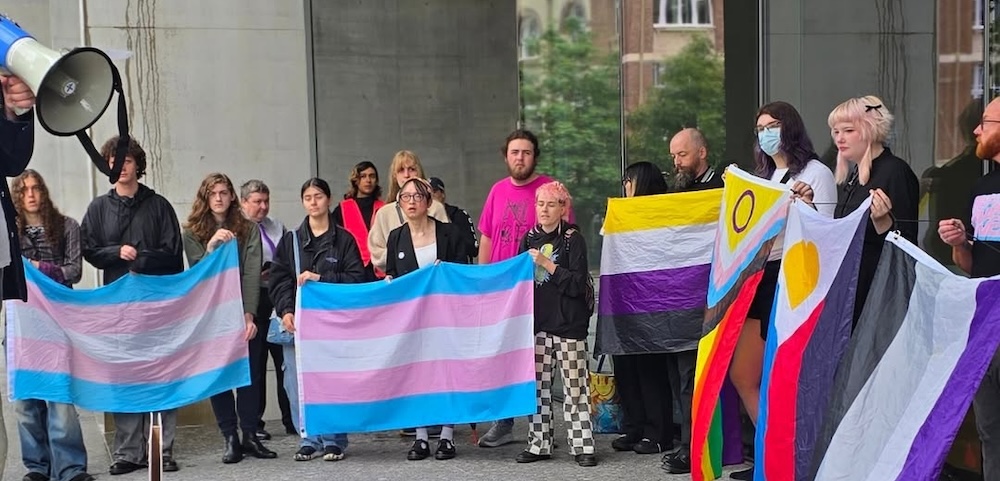
The Number of mpox Cases Is Lower Than 2024, But Vaccination Rates Still Need To Go Up

Australian mpox case numbers experienced a significant surge in the last three months of 2024, but thankfully, public health records are showing that mpox rates are considerably lower at the tail end of 2025.
600 of the last year’s total of 1,409 recorded mpox cases were confirmed between July and September last year, but as of 22 October this year, there are just 203 confirmed cases nationwide, with the majority in Victoria and NSW.
What is mpox?
Mpox originates from the Orthopoxvirus family, which is closely related to the family of viruses that causes smallpox.
Mpox can be spread from person to person through intimate or sexual contact, bodily fluids, or contact with contaminated materials used by someone with mpox. Once the infection attacks the body, individuals experience flu-like symptoms, followed by fluid-filled lesions that can burst, develop into open sores, and then scab.
The infection can have severe effects on HIV positive people.
“Even when it wasn’t severe it was often quite noticeable with lesions on the arms … legs and genitals,” Andrew Grulich, a scientia and epidemiologist professor at the UNSW’s Kirby Institute, told ABC.
mpox in Australia
The virus has its roots in parts of West and Central Africa, where an outbreak occurred in 2018, with confirmed cases spreading to the UK, Israel, and Singapore, primarily among people traveling from Nigeria.
“Australia is different to many other high-risk countries, because we didn’t get the vaccine until relatively late in that first year, about September [2022], while many countries in northern Europe and North America had access in June and July,” said Grulich.
Recent outbreaks across the world in Australia, Europe, and North America have mostly affected gay and bisexual men, and men who have sex with men (GBMSM).
Sexual health specialist Dr Arthur Wong told ABC that he believes the lower rates are directly related to targeted public health campaigns about symptoms and vaccines.
“One of the things that we’ve achieved … was that we raised quite high levels of public awareness of symptoms, which helps reduce onward transmission, but also we managed to increase vaccination in high-risk groups,” said Wong.
“At the height of the mpox epidemic a lot of GBMSM had safer sex or reduced partners and that had a massive impact on [cases],” said sexual health clinician Jason Ong.
Vaccines were prioritised for gay and bisexual men, GBMSM with multiple partners, transgender and gender-diverse individuals, and those engaged in sex work — groups considered at higher risk of exposure.
mpox vaccine rates in Australia
Since 2022, more than 115,000 vaccine doses have been administered, with nearly 20,000 individuals receiving at least one dose in 2025.
A survey conducted by UNSW for the Centre for Social Research in Health, which included responses from 3,365 members of the GBMSM population, found that almost 10 per cent of respondents had received one dose of the mpox vaccine, and 48.9 per cent had received two doses.
“Only if we get vaccination rates up further can we be quite certain we won’t see a large outbreak,” said Grulich.
You can learn more about mpox and getting the mpox vaccine via Thorne Harbour Health (VIC & SA) and ACON (NSW).










Leave a Reply